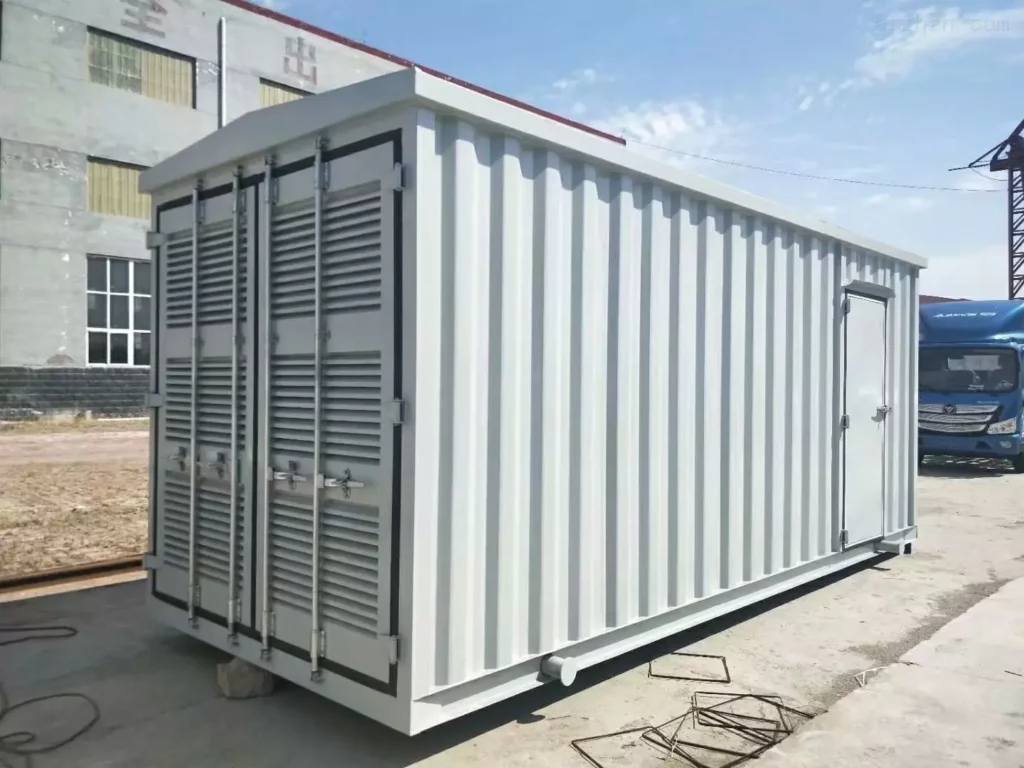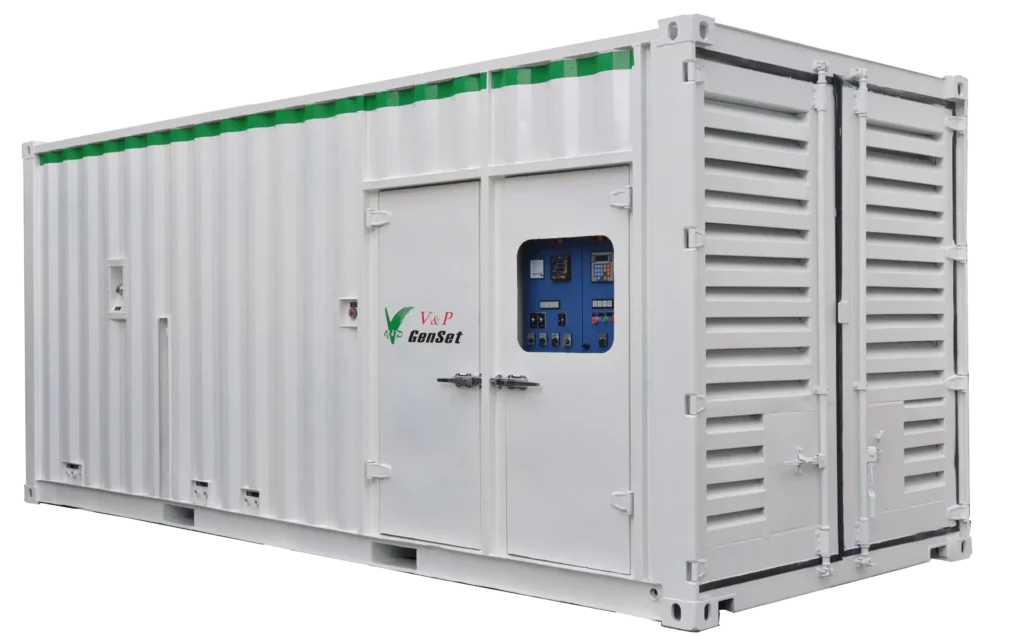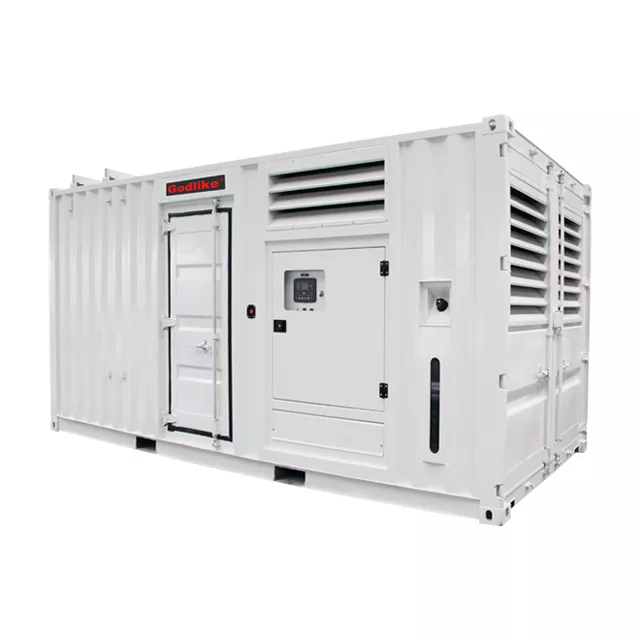Equipment Enclosure Applications in Electrical Engineering
Equipment enclosures are an indispensable part of electrical engineering, playing a crucial role in the installation and operation of various electrical devices.
These enclosures, purposefully designed, serve to safeguard electronic equipment, cables, and distribution components, thereby ensuring the reliability and safety of electrical systems. Within the realm of electrical engineering, equipment enclosures find extensive and diverse applications. In this article, we delve into their pivotal roles and multifarious applications within the field of electrical engineering.

I. Fundamental Functions of Equipment Enclosures:
Equipment enclosures are sophisticated structures with functions, including but not limited to the following:
- Protection of Electronic Equipment: Equipment enclosures provide physical protection under harsh environmental conditions such as waterproofing, dust resistance, and corrosion resistance to ensure the long-term reliability of electronic equipment.
- Prevention of Electric Shock and Fires: By providing isolation and protection for cable connections, equipment enclosures help reduce the risks of electric shock and fires, enhancing workplace safety.
- Temperature Control: Some equipment enclosures come equipped with cooling systems that effectively regulate the temperature of electronic equipment, preventing failures related to overheating.
- Anti-Theft and Anti-Vandalism: Equipment enclosures typically feature robust casings and secure locking mechanisms to protect equipment from theft and vandalism.

II. Applications of Equipment Enclosures:
- Distribution Boxes: Distribution boxes are common types of equipment enclosures in electrical engineering used to distribute power to different circuits and loads. They ensure the reliability of power distribution while providing short-circuit and overload protection.
- Control Cabinets: Engineers employ control cabinets for housing automation systems, monitoring equipment, and electrical control components. They have extensive applications in industrial automation and electrical control systems for managing the operation and monitoring of electrical equipment.
- Communication Equipment Enclosures: Telecommunication and data communication equipment require proper protection to ensure the continuity of communication networks. Users often utilize equipment enclosures to install and protect communication devices, optical fibers, and cables.
- Substation Equipment Enclosures: Substations play a critical role in power systems. Engineers utilize equipment enclosures to install and protect substation equipment, including transformers, circuit breakers, and capacitors.
- Solar and Wind Power Stations: Renewable energy power stations need to connect power generation equipment securely to the electrical grid. Users often utilize equipment enclosures to install and protect communication devices, optical fibers, and cables.
- Mining and Construction Equipment: Professionals in mining and construction use equipment enclosures to install and safeguard electric motors, sensors, and monitoring gear for stable operation in harsh conditions.
Equipment enclosures are essential in electrical engineering, offering protection and environmental control for safe electronic equipment operation. They find extensive applications in power distribution, automation control, and renewable energy, ensuring stability and reliability. Thus, electrical engineering underscores the crucial need for thoughtful design and selection based on specific requirements and environmental factors.
